The views expressed in our content reflect individual perspectives and do not represent the authoritative views of the Baha'i Faith.
Why, the poets have always asked, can’t we have knowledge and wisdom when we’re young?
Having surveyed some of the poetic responses to aging, some various takes on the meaning of the deterioration of the metaphorical self that comes with age, let’s examine what I have found to be a simple yet remarkable and precious gift aging has to give to us. If we are, like Yeats’ aged man, attentive to its call, we can answer that persistent question about knowledge, wisdom and youth being mutually exclusive. Indeed, I would propose that we can discern in this perspective both the wisdom in this climactic phase in our creation, and the love inherent in the Creator’s design of this inescapable and outwardly ignominious departure.
The Baha’i paradigm of death and dying has already been implied throughout our discussion, but it is worth illustrating it here in graphic form for two important reasons:
- Our earthly existence is designed by God precisely to teach us the lesson of detachment.
- In this life, we each have a personal objective of achieving a state of love and servitude in relation to others and relative selflessness in relation to ourselves.
Baha’u’llah, in The Seven Valleys, calls this spiritual stage of life the state of “true poverty and absolutely nothingness.” This state is distinct from the merging of the self with other selves, but similar in the spiritual concept of expanding the parameters of who and what we are.

In this graph we can observe that spiritual development and physical development are more or less in sync until approximately age fifteen, designated in Baha’i law as the age of maturity. But more to the point, it is not too much longer after physical maturation that our physical self attains the peak of its potentiality, somewhere in our early 20’s. From then on, our capacity or potential for physical exploits diminishes, even though we may maintain or improve our physical conditioning individually.
But as we see on the graph, it is around this same time, at the apex of physical capacity, that our mental and spiritual capacities—our inner strength—just begins its ascent. Indeed, it is our hope, if we have any serious aspirations about life, that over time we will become ever more capable of assembling the information we accumulate at every stage of our journey. In addition, it is our further hope that we will become ever more proficient in assembling this learning into increasingly complex and creative insights into the meaning of life itself.
Of course, we should not infer from this assertion that the brain as a physiological organ is itself increasingly more capable. Like the rest of the body, the brain achieves maximum capacity at the same time as does the rest of the body. But as with the other physiological capacities, the more intricate application of body parts to intellectually or conceptually related activities can undergo marked acceleration way past the peak of physiological development.
For example, the dexterity of a master violinist or weaver or painter or pianist rarely demonstrates the zenith of power until sometime around middle age or even later, even though examples of child prodigies may show raw or latent capacity. But the synthesizing of sheer physiological capacity with the mental or spiritual aspects of such arts and crafts requires something more than brute strength or physical prowess. It requires depth of feeling, a willful synthesis of nuance, a fusion of experience, a subtlety of vision. This complex blending of physiological or neural training of muscles, nerves, and memory with the wisdom and vision that generally awaits life experience is what most often marks the peak of an artist’s accomplishments.
Naturally, these observations are gross generalizations. We can counter such observations with stories of the early genius of a Mozart. Likewise, we can offer hope for later development with equally encouraging stories of late-bloomers like the poet Wallace Stevens. Insofar as spiritual and mental preparation for birth into the metaphysical stage of our life is concerned, where no dexterity or physical prowess is required or even usable, there is no limit in this life to the useful stages of ascent we can attain.
Stated axiomatically, except in cases where brain disorders seem to limit or shut down inner development during the physical stage of our lives, the capacity for spiritual development in this life is endless. Furthermore, as Baha’u’llah has noted, even in those cases where there is injury or illness regarding the body or the mind, the soul itself is not impaired nor is its ascent necessarily encumbered:
That a sick person showeth signs of weakness is due to the hindrances that interpose themselves between his soul and his body, for the soul itself remaineth unaffected by any bodily ailments. Consider the light of the lamp. Though an external object may interfere with its radiance, the light itself continueth to shine with undiminished power. In like manner, every malady afflicting the body of man is an impediment that preventeth the soul from manifesting its inherent might and power. When it leaveth the body, however, it will evince such ascendancy, and reveal such influence as no force on earth can equal. – Gleanings from the Writings of Baha’u’llah, p. 154.



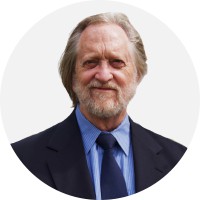
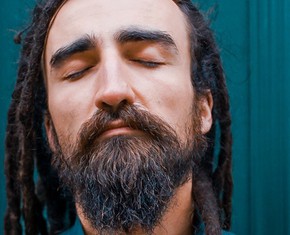
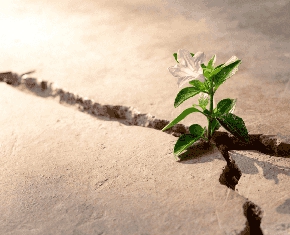
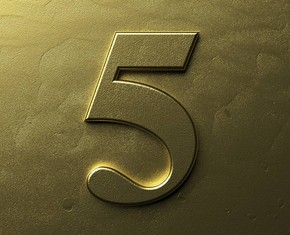

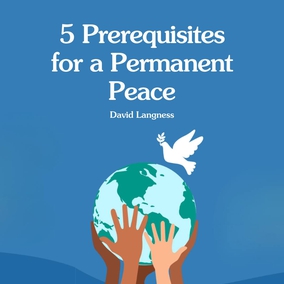

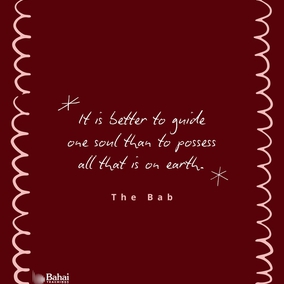
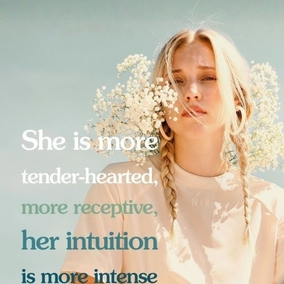
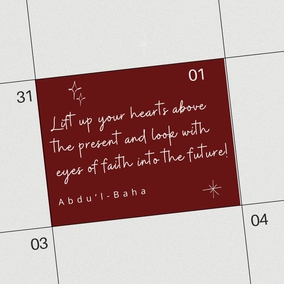
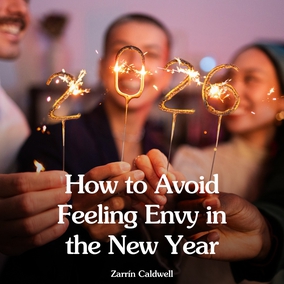


Comments
Sign in or create an account
Continue with Googleor